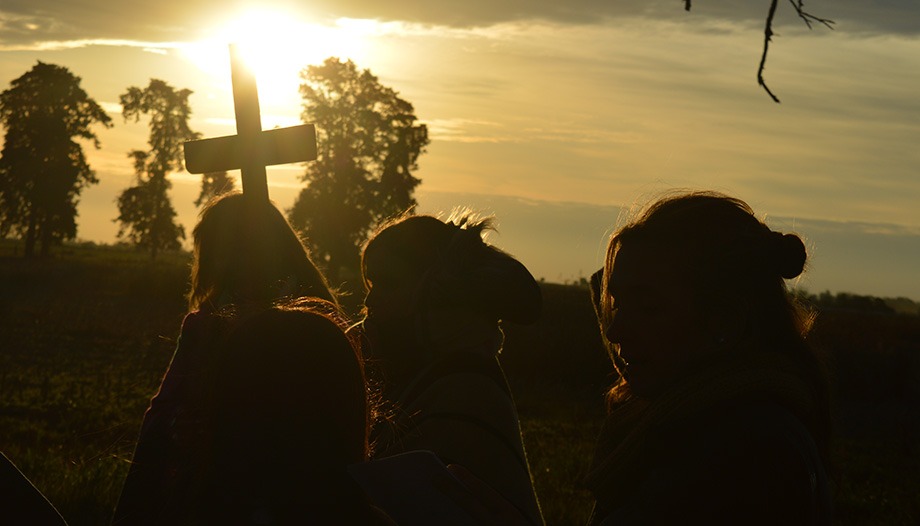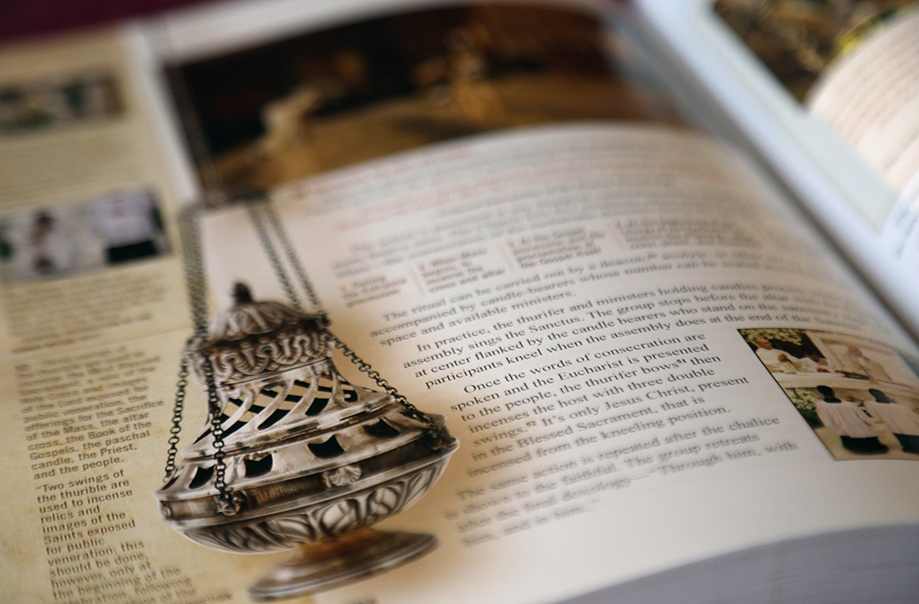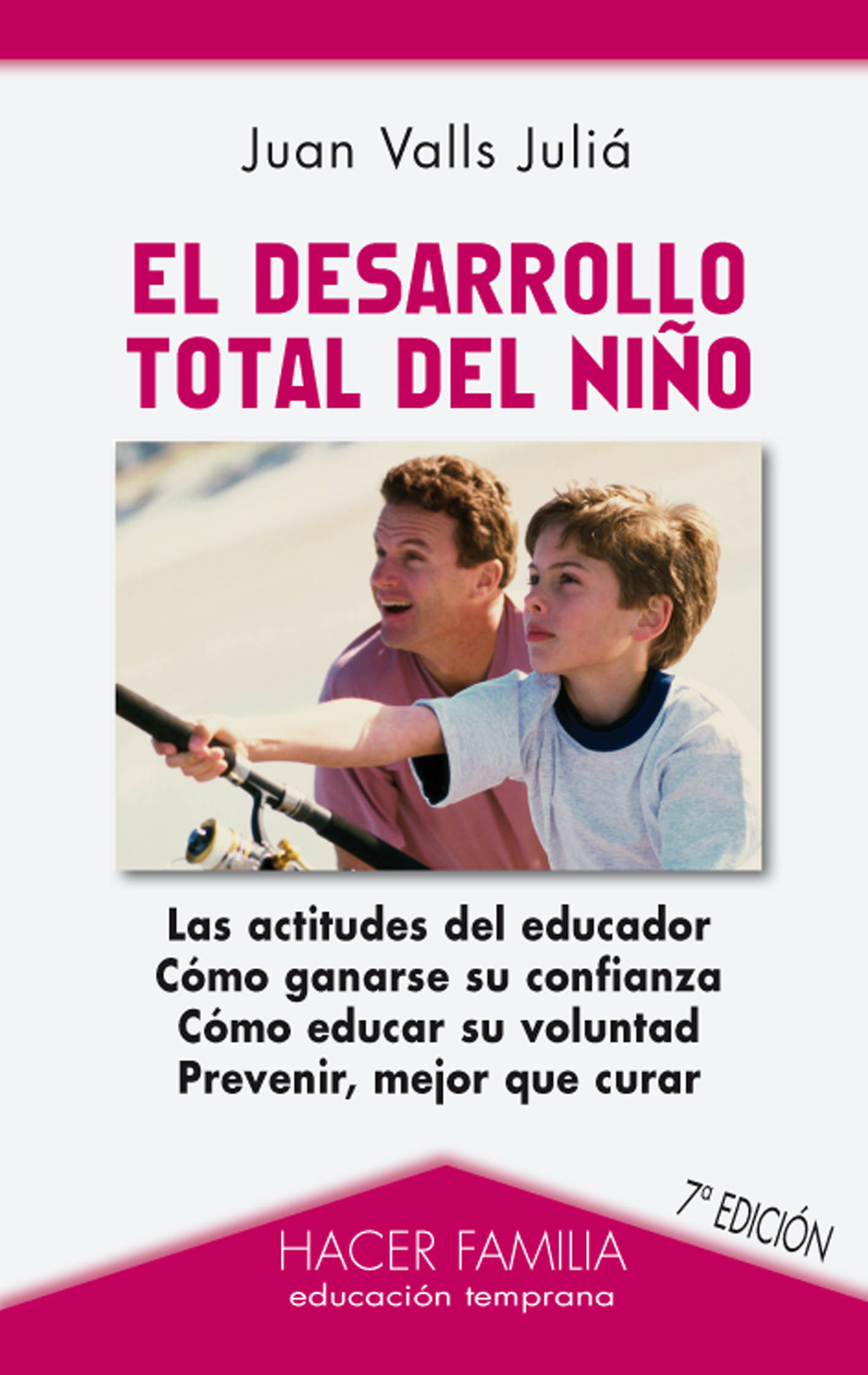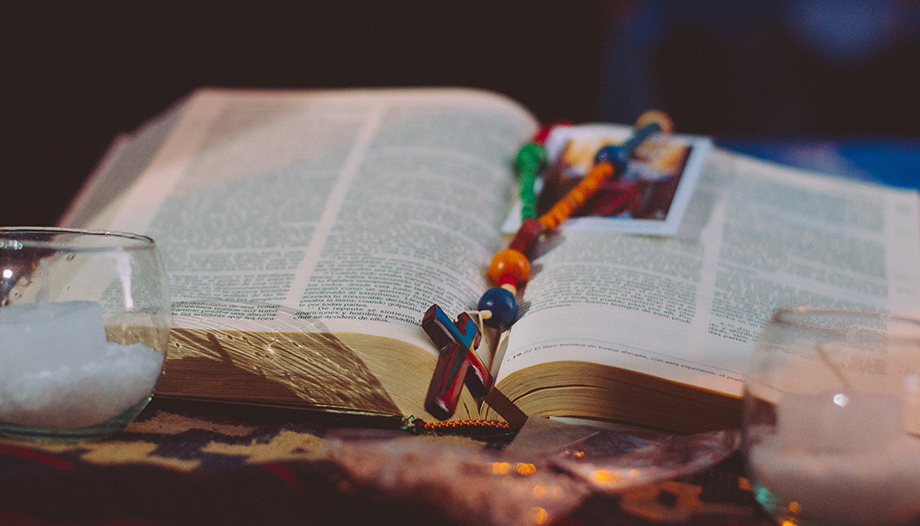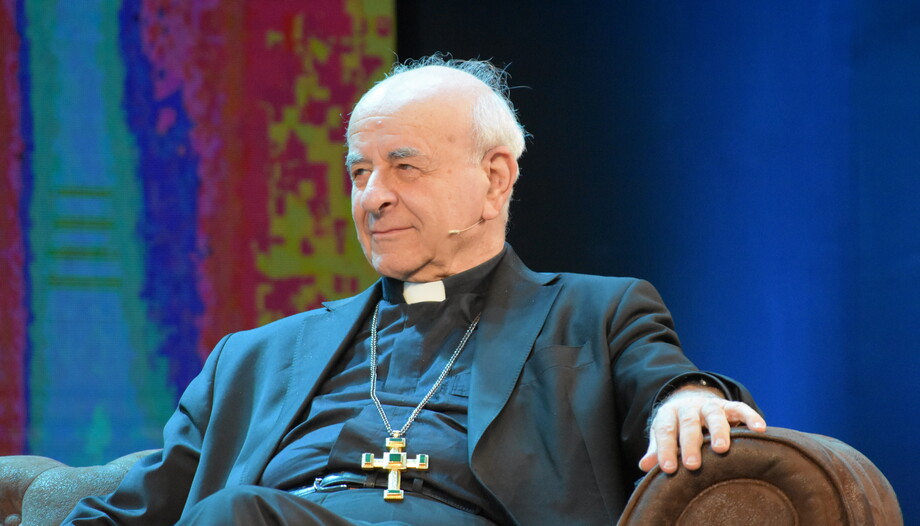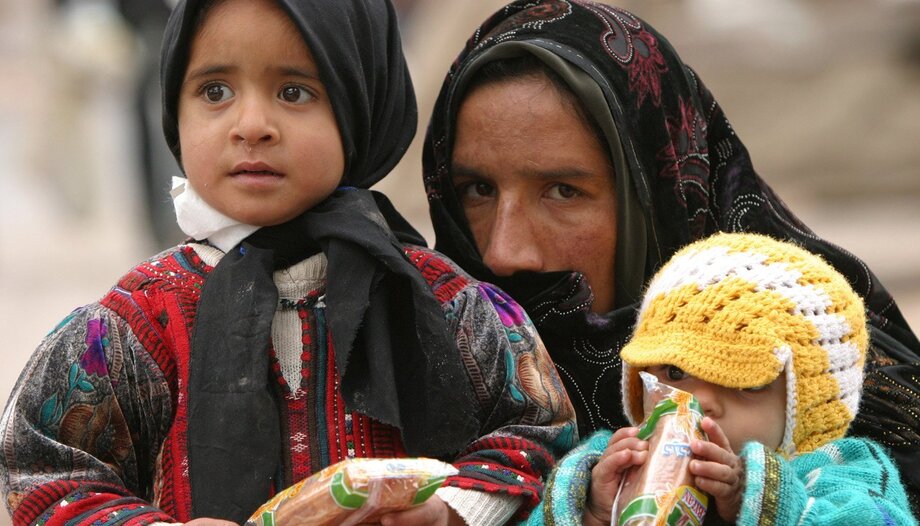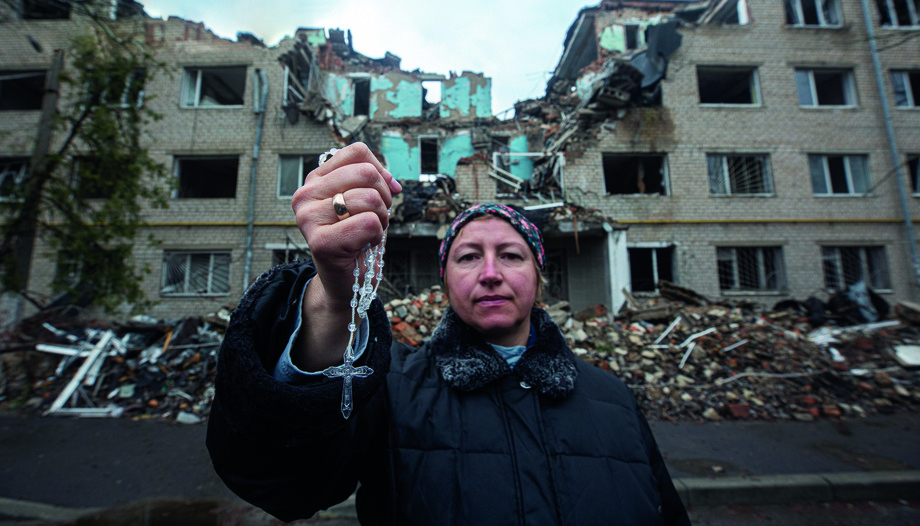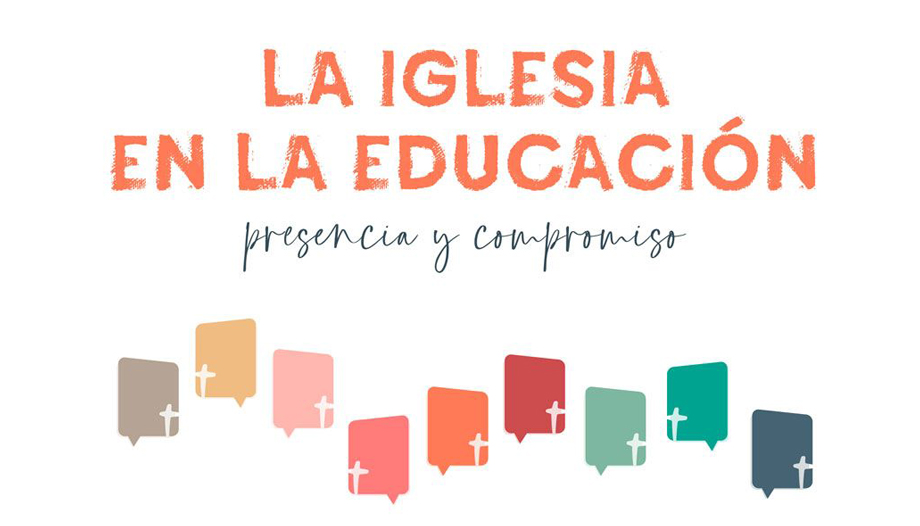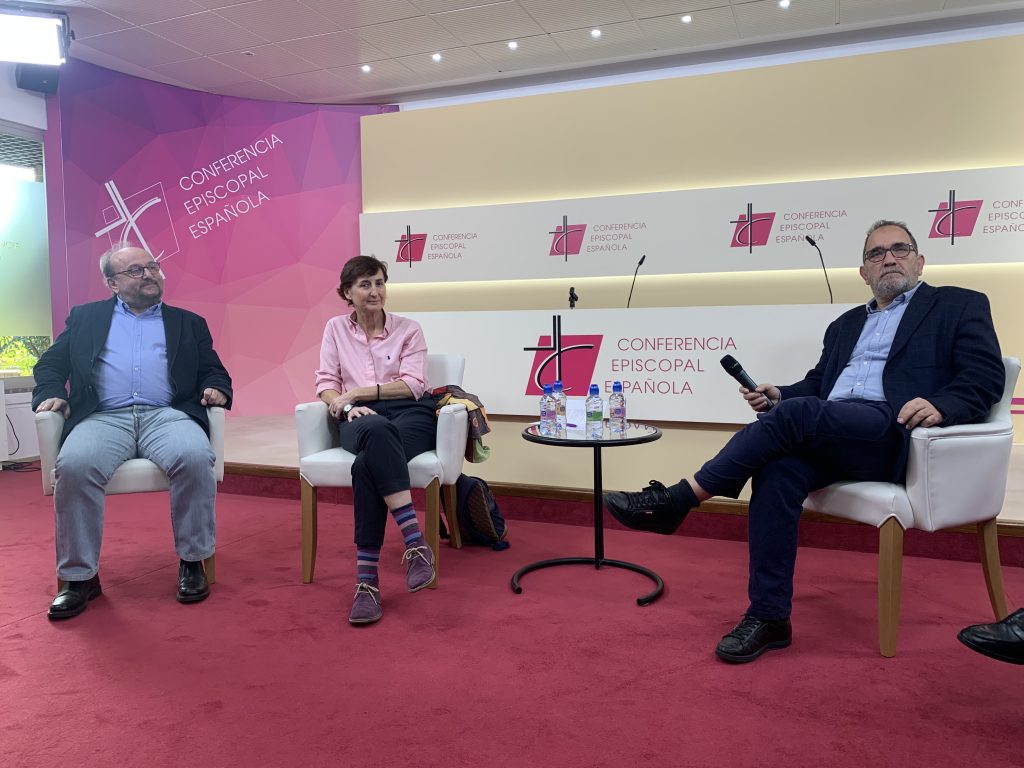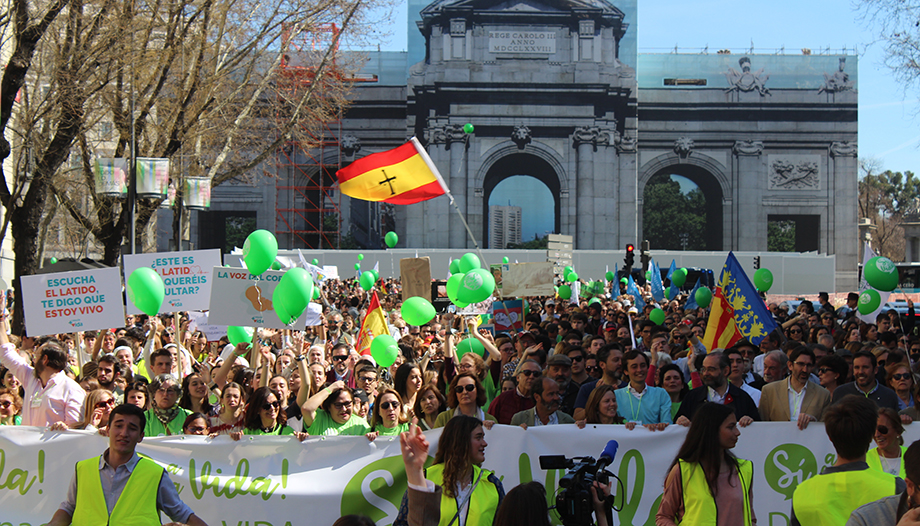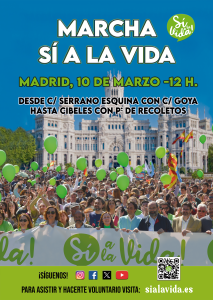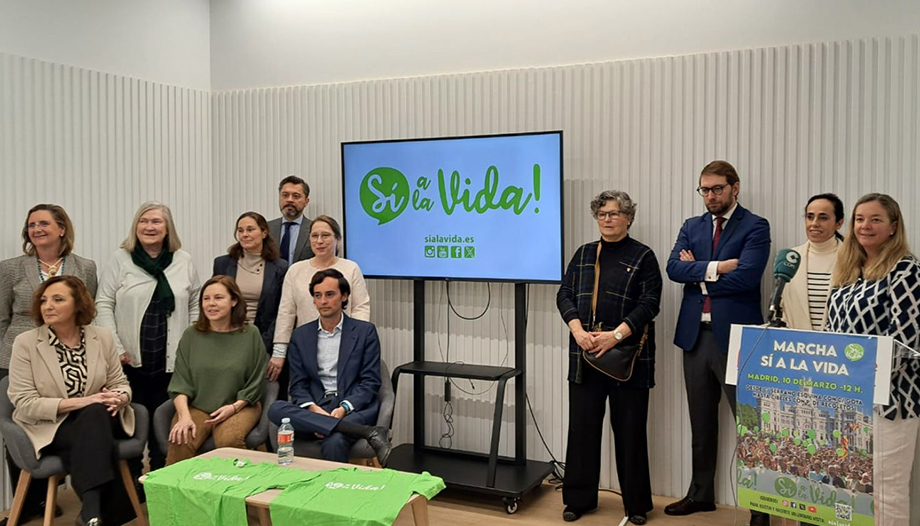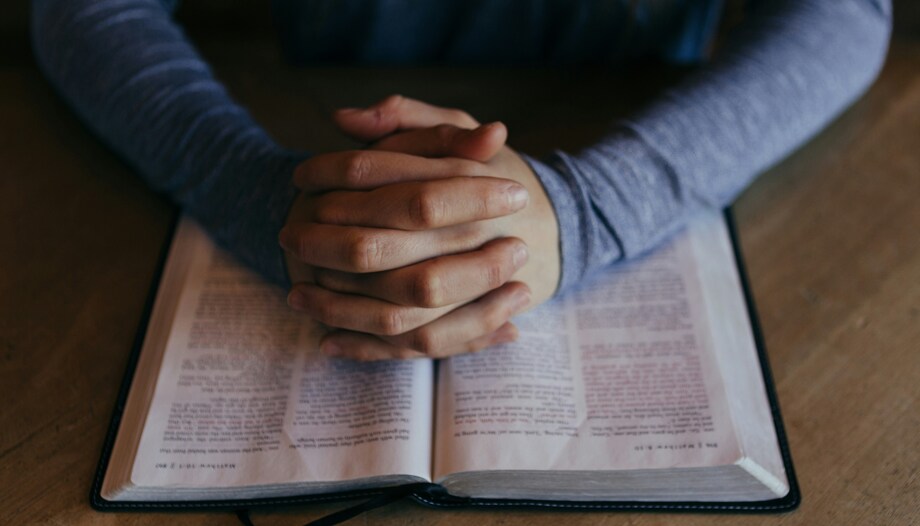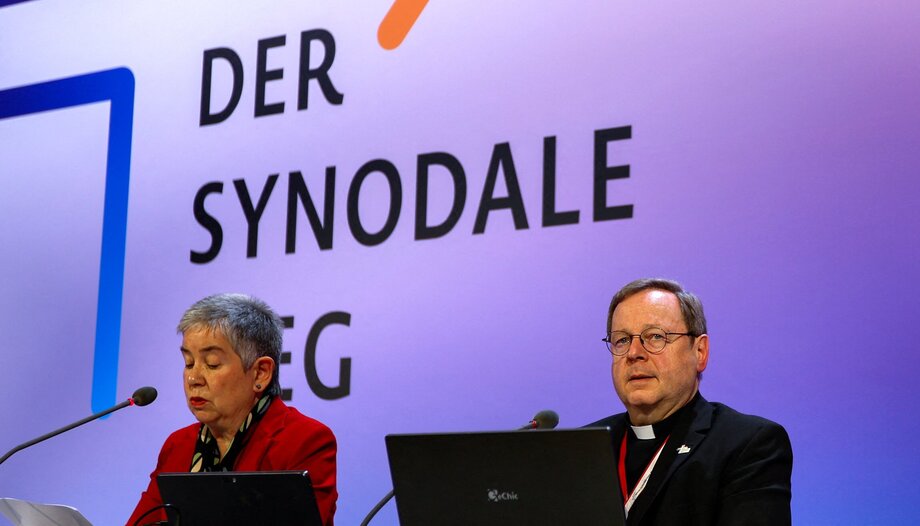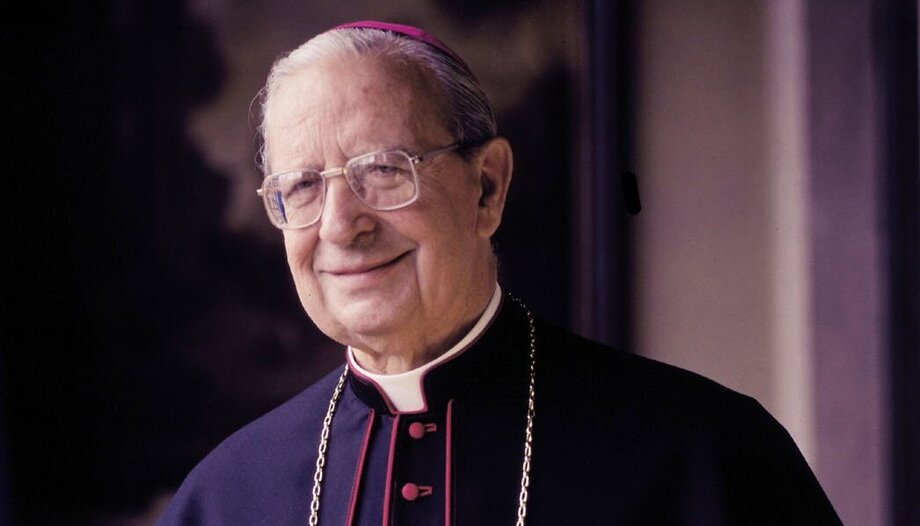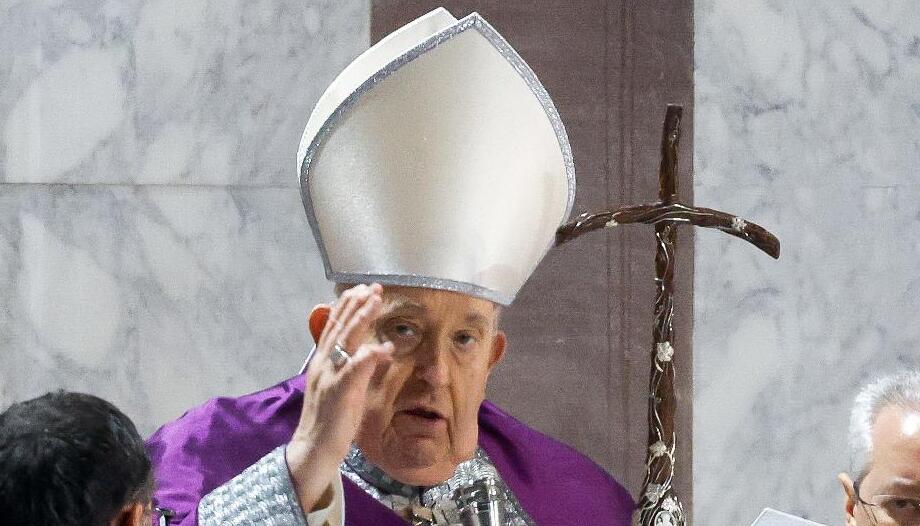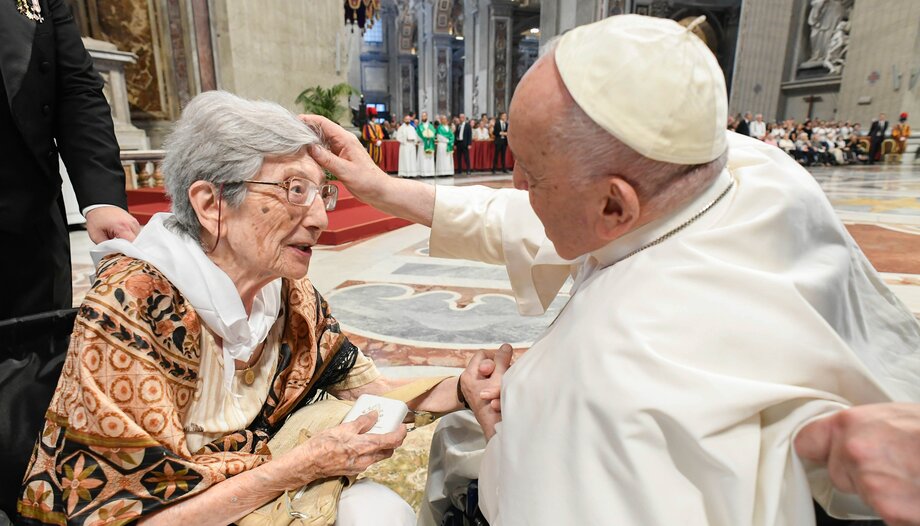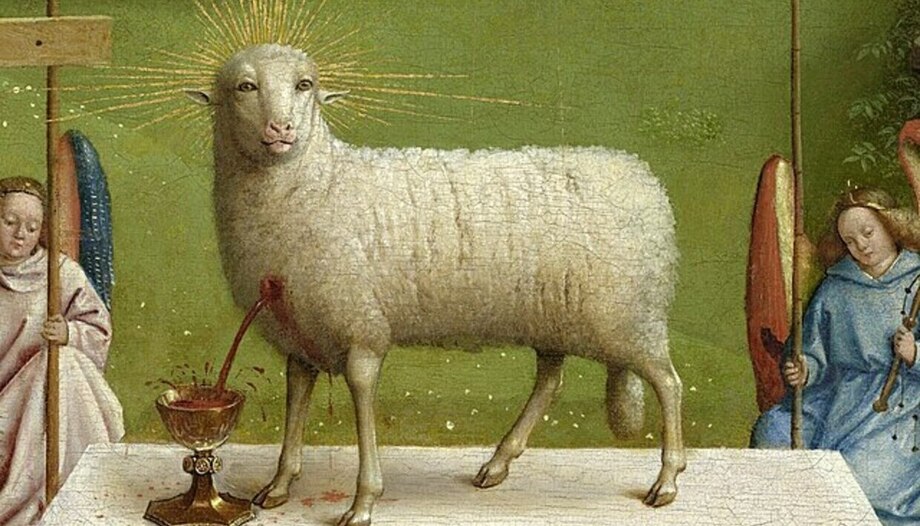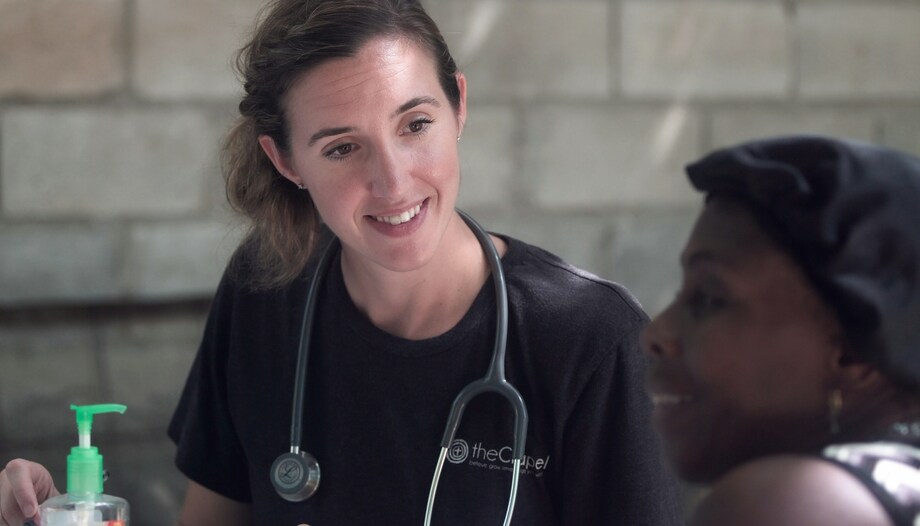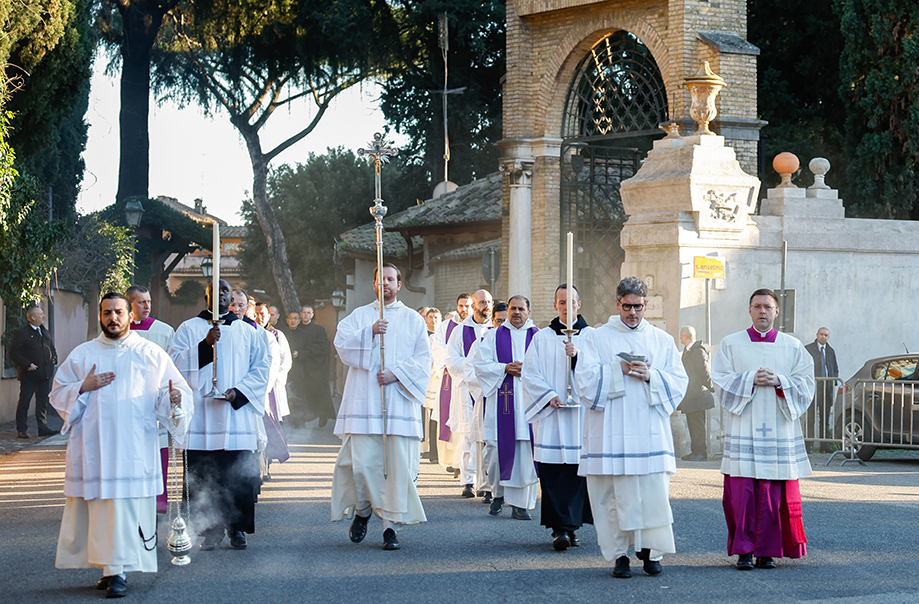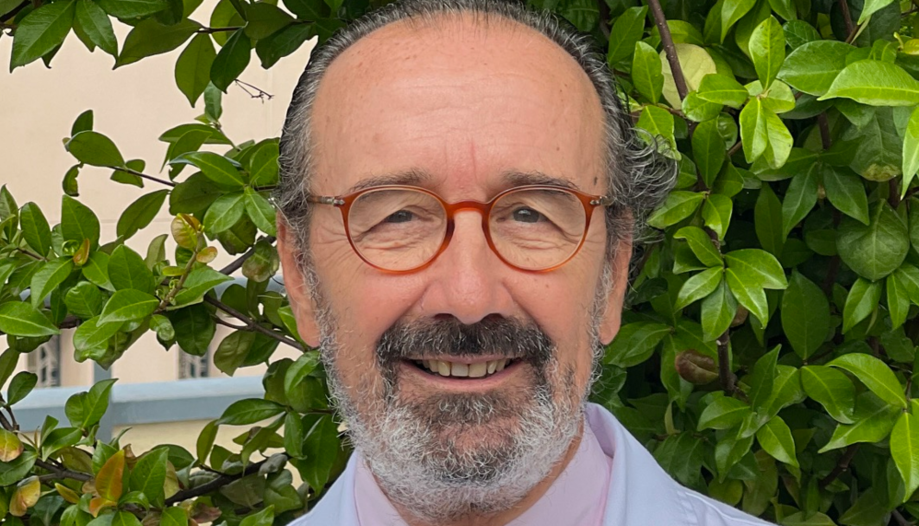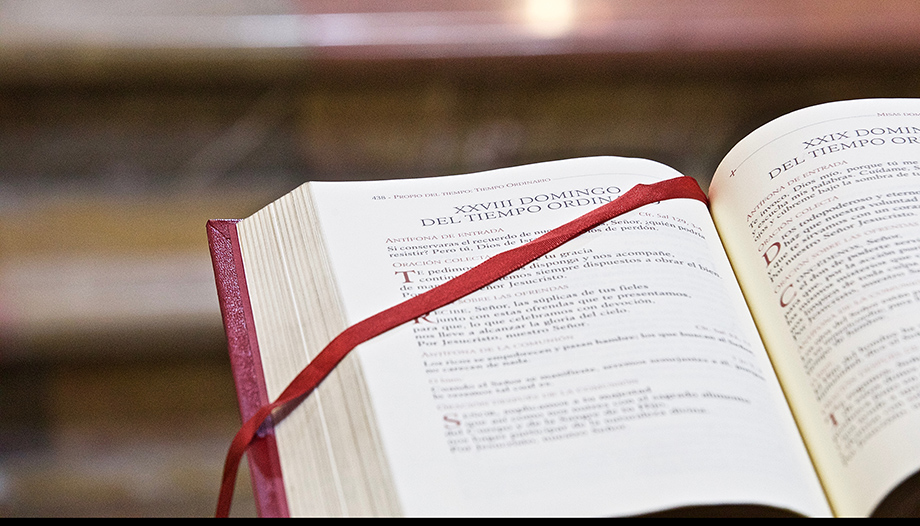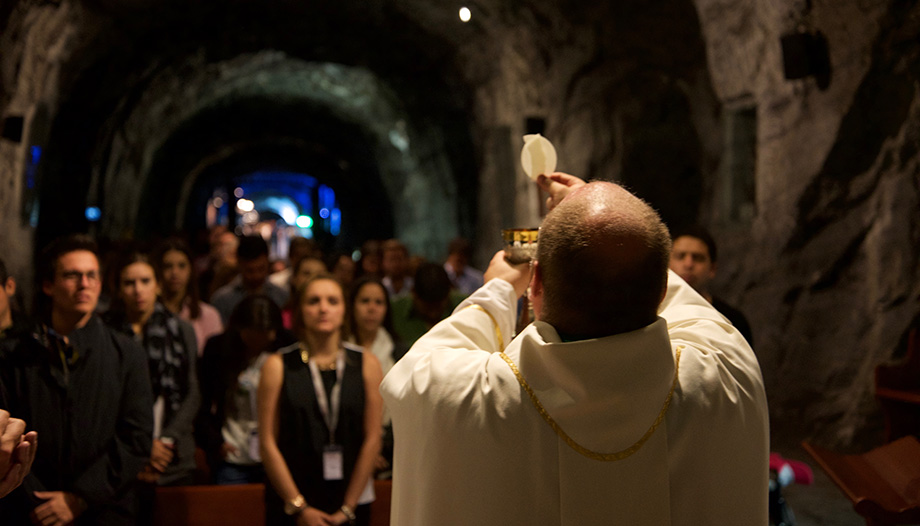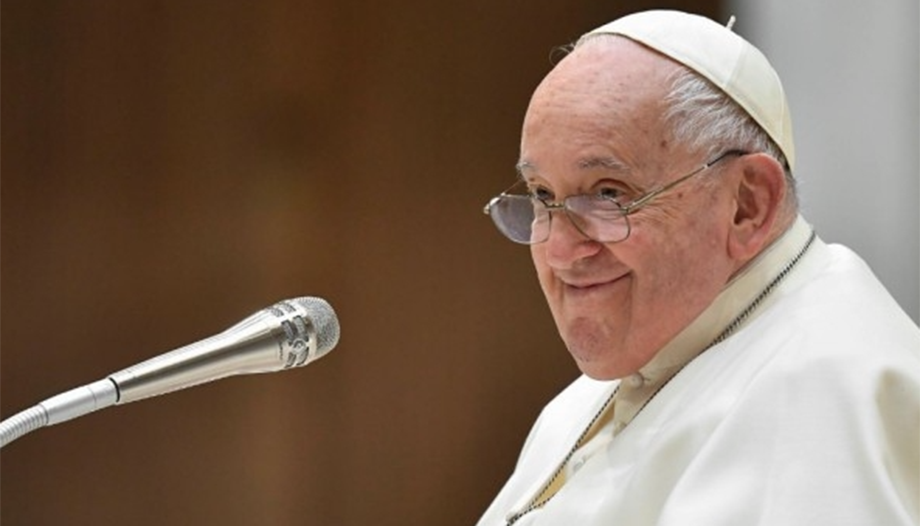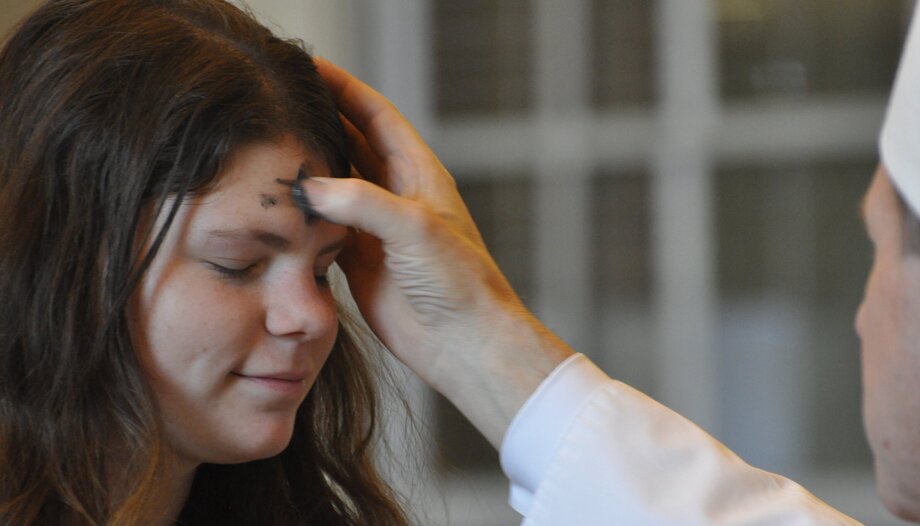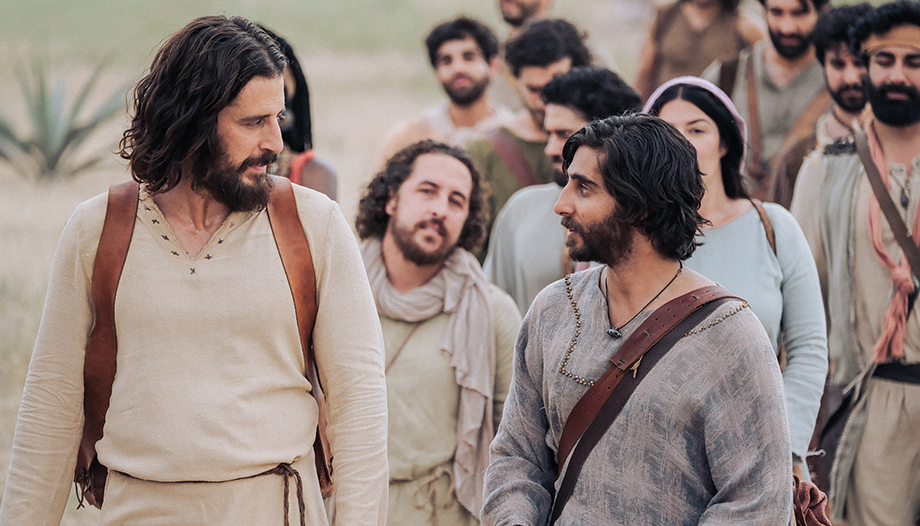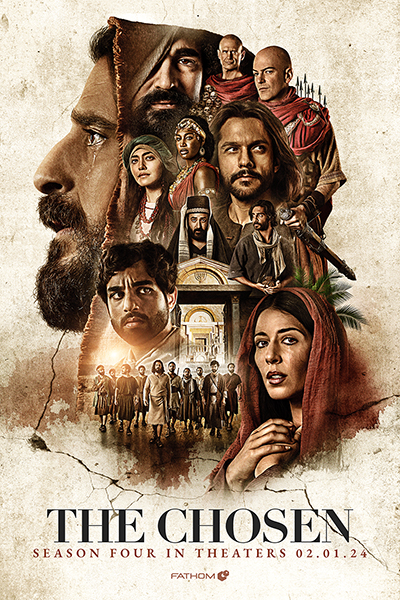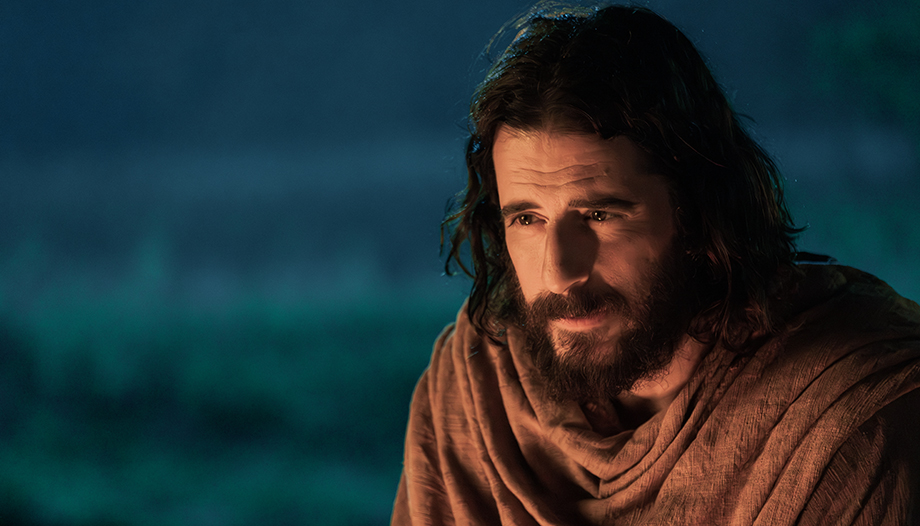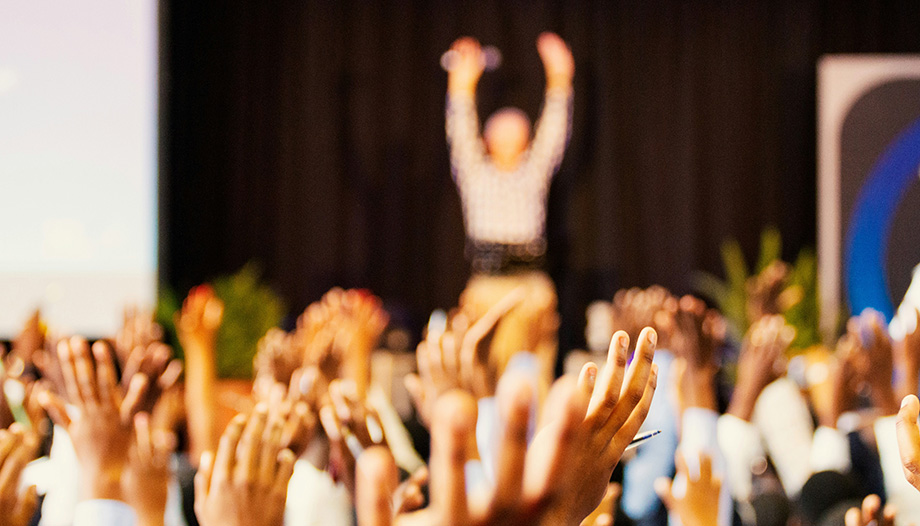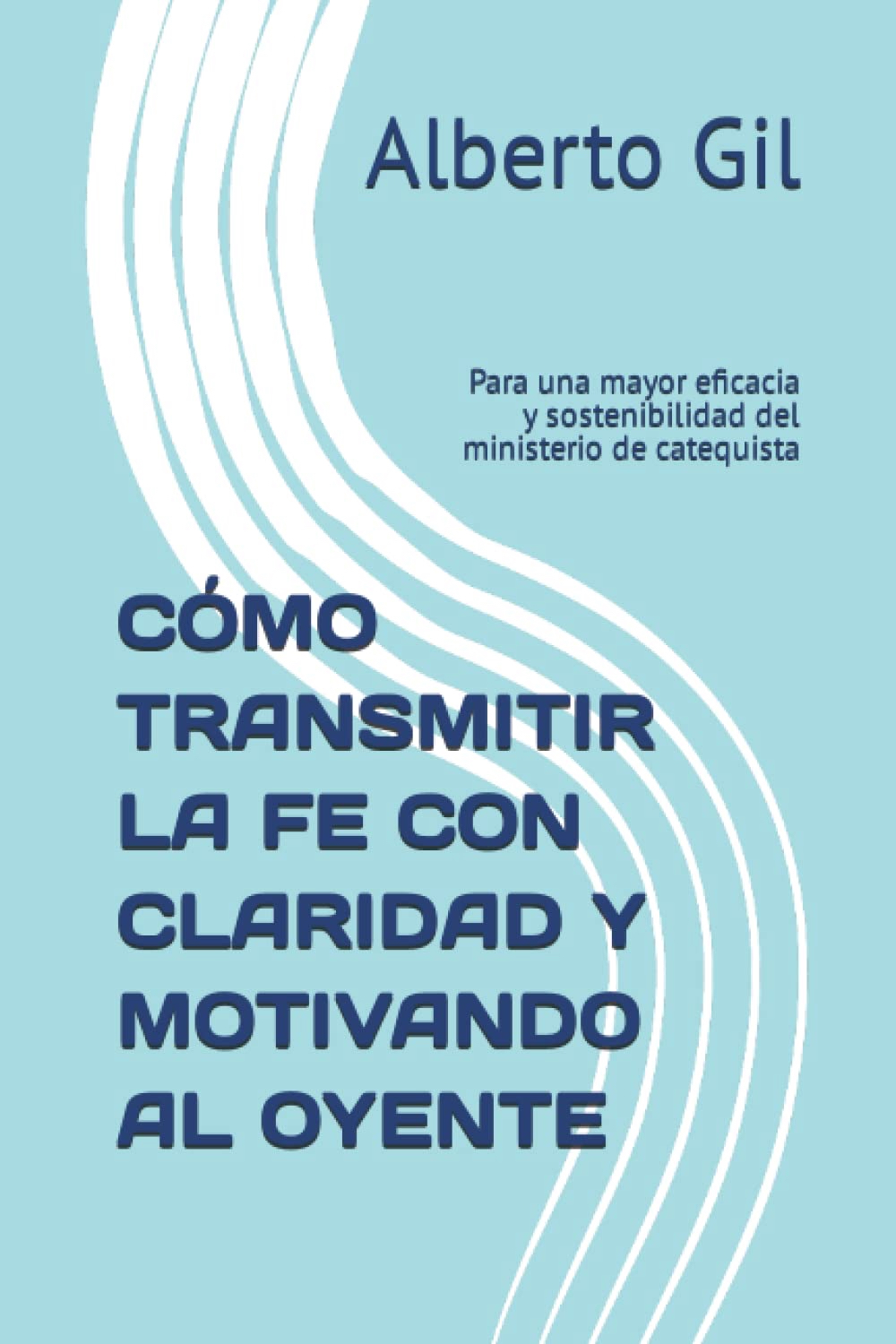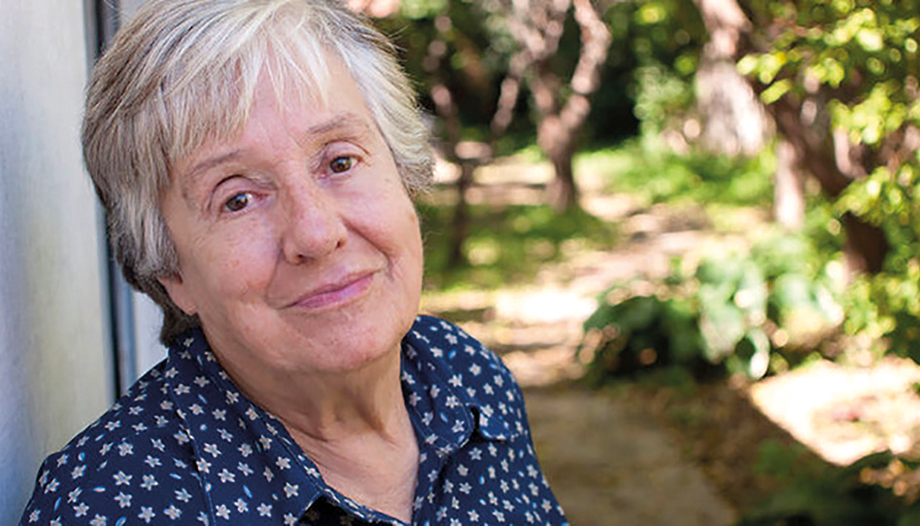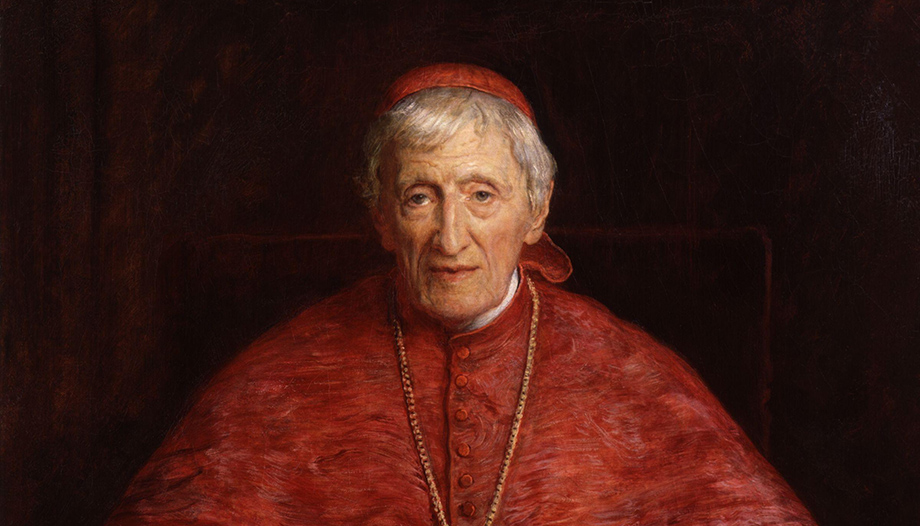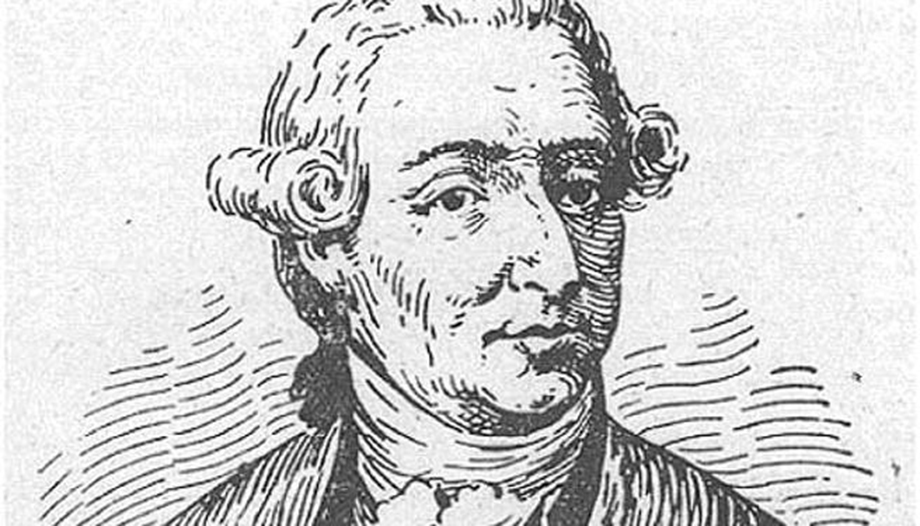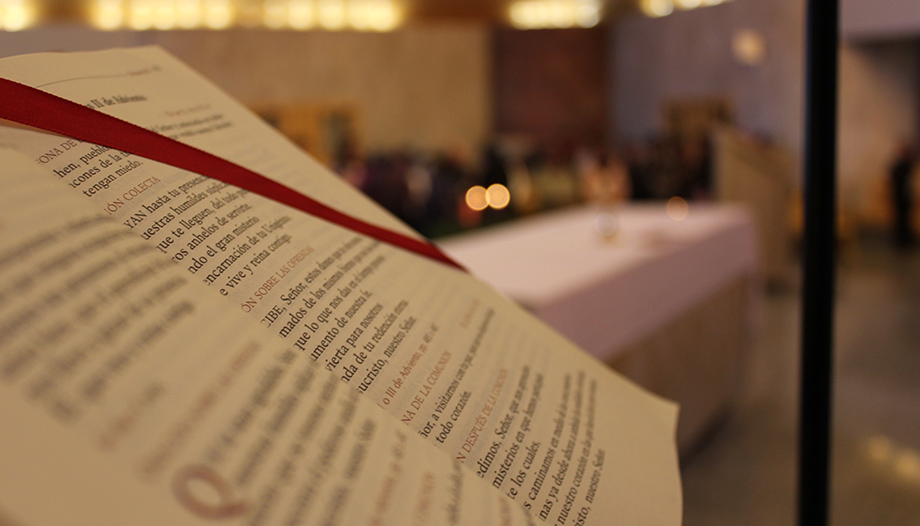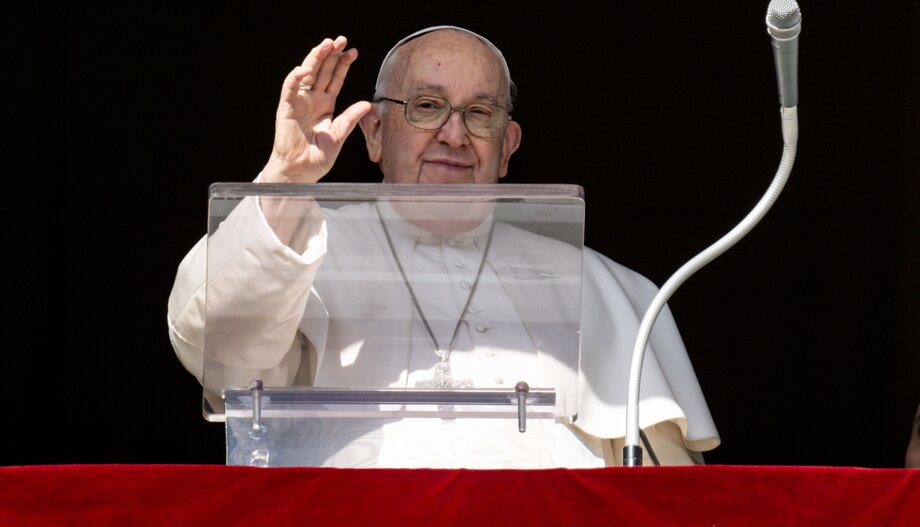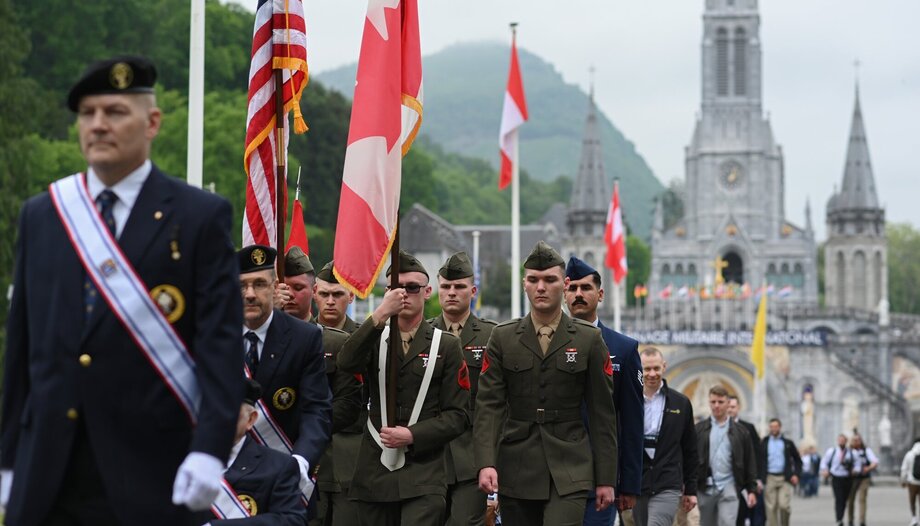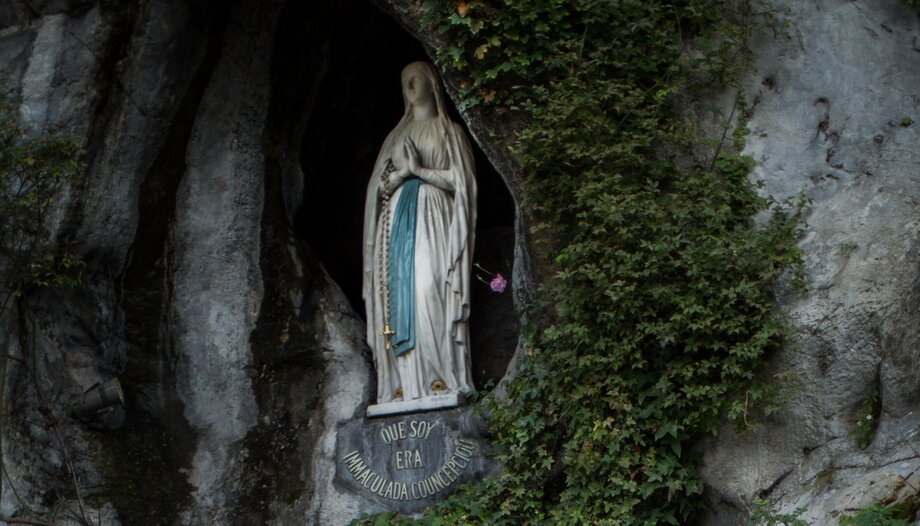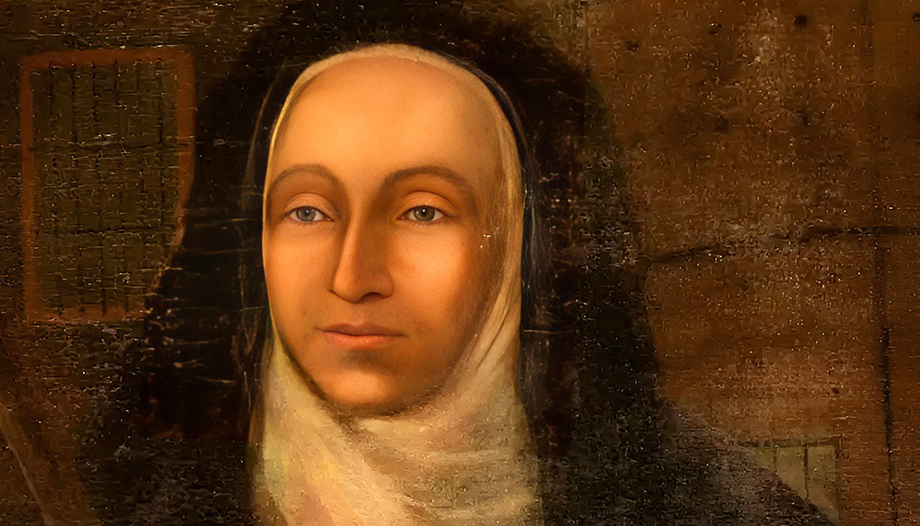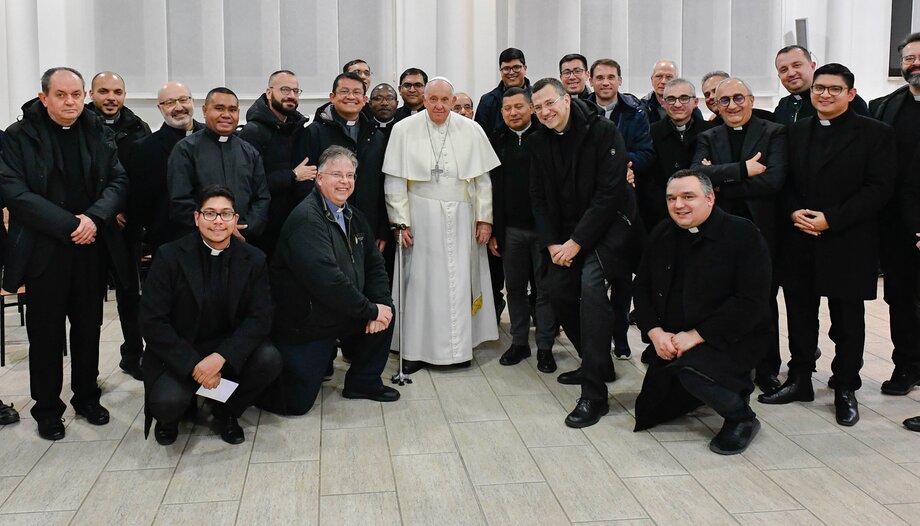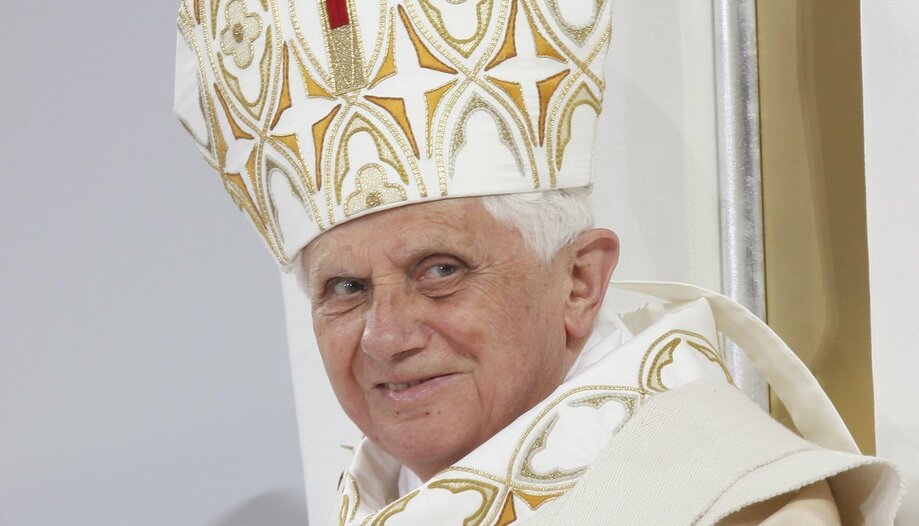"A loyal friend is of value beyond measure," wrote J.R.R. Tolkien. In the poignant episode of "The Lord of the Rings" below, he left us with the idea staged.
Frodo has resolved to travel to Mordor alone to destroy the Ring of Power at the Mountain of Doom, the place where Sauron forged it. That is the mission that has been entrusted to him and he is firmly determined to carry it out, certain that destroying the Ring of Power is the only way to preserve the freedom of the Peoples of Middle-earth: Elves, Men, Dwarves and Hobbits. And Sam, who has sensed the plan of his Master and friend, wants to accompany him whatever the price to be paid.
- He'll have to get back to the boats! -He said to himself, pausing for a moment to think, "To the boats! Run for the boats, Sam, like lightning!
He turned and hopped down the path until he reached the edge of the Parth Galen meadow, next to the shore where the boats had been pulled out of the water. Suddenly, he froze and gaped as he watched a boat glide downhill on its own, all the way into the water.
-I'm coming, Mr. Frodo, I'm coming! -cried Sam, and he threw himself from the shore with outstretched hands into the departing boat, falling headlong a yard from the gunwale into the deep, swift water.
-What are you doing, Sam? -Frodo shouted from the empty boat, "You can't swim!
Sam came to the surface struggling.
-Save me, Mr. Frodo! I'm drowning,' Sam gasped.
Frodo arrived just in time to grab him by the hair.
-Take my hand! -said Frodo.
-I don't see it," Sam replied.
-Here it is. Stand up straight and don't jerk, or you'll capsize the boat. Hold on to the gunwale, and let me use the paddle!
Frodo pulled the boat to shore, and Sam was able to crawl out, wet as a water rat.
Frodo set foot on solid ground again and, taking off the Ring, reproached Sam for having interfered with his plans. Sam, trembling from head to foot, defended himself on the grounds that the thought of seeing him go off alone was unbearable to him.
-If I had not guessed the truth," said Sam, "where would you be now?
-Safe and well on his way," said Frodo.
-Safe! -said Sam, "Alone and without my help, it would be the death of me.
-But I am going to Mordor," cried Frodo.
-I know that, Mr. Frodo. And I'll go with you.
Frodo tried to dissuade him on the grounds that the others might return at any moment, which would force him to explain himself, and he would never be in the mood or able to leave.
-I have to leave at once, Sam. There is no other way!
-Yes, I know," said Sam. But not alone. I'm going too, or neither of us. I'll deflate all the boats first.
Frodo laughed heartily. There was a sudden warmth and joy in his heart.
-Leave one! -he said. We'll need it. But you can't come like this, without equipment or food or anything.
-Just a moment and I'll get my things! -Sam exclaimed cheerfully. Everything is ready. I thought we were leaving today.
-Here is my whole plan spoiled! -said Frodo, when they were both in the boat and sailing to Mordor. But I am glad, Sam, very glad!
-I made a promise, Mr. Frodo," said Sam, "A promise!
-Don't abandon him, Samsagaz Gamyi, Galdalf asked me.
-And I'm not going to do it! I'm not going to do it, Mr. Frodo!
Frodo hugs Sam, tearful and emotional.
-Oh, Sam, I'm glad you're with me! -added Frodo, changing his expression from one of concern to a smile.
-Let's go! And let the others find a safe way! Trancos will take care of them.
The Lord of the Rings. J. R. R. Tolkien
Tolkien enlightens us on some important notes of authentic friendship: intimacy with the friend allows you to guess in what way you can help him; the love you have for your friend makes you determined to be with him in danger and to share his sorrows as well as his joys; and, the company of the friend is very pleasant for us: all situations seem to us more bearable together with the friend - the friends.
In the previous article We already mentioned the importance of friends in order to be happy and achieve our goals. In this one we are going to reflect on friendship, in order to help our children and students to forge good friendships and to know how to take care of them; that is to say, to learn to be good friends with their friends.
Friendship, a win-win human relationship
Clive Staples Lewisknown as C. S. Lewis, in his book "The four loves"He discusses the four basic types of human love: affection, friendship, eros and charity. Regarding friendship, he states that it can only occur between human beings and that it is one of the most valuable relationships we can have.
In the Jerusalem Bible, we learn: "A faithful friend is a sure refuge, he who finds him has found treasure"; and "A faithful friend is a remedy of life, those who fear the Lord will find him" [Ecclesiastes 6, 14 and 16].
By interacting with friends, we are exposed to different ideas, perspectives and experiences; our horizons are broadened; we learn new skills and acquire knowledge. The sense of belonging and social connection that comes from dealing with friends increases our self-esteem; it reduces the risk of depression, anxiety and stress.
Friendship drives us to be better people, it elevates us to the best version of ourselves. We all need friendships to grow, to learn and share our joys and to deal more safely and confidently with life's difficulties. "True friends are those who come to share our happiness when they are begged, and our misfortune without being called upon," wrote Juan Luis Vivesgreat Spanish humanist and philosopher.
We also love the company of our friends for fun. Hanging out with friends allows us to relax, laugh openly about the most inconsequential things and enjoy common hobbies together: sports, excursions, cultural visits, etc.
Friends help us to get out of the daily routine and give us the opportunity to rest and experience moments of happiness and gratitude. C. S. Lewis puts it poetically:
"In a perfect friendship, this love of appreciation is often so great and so firmly based that each member of the circle, in his heart of hearts, feels little before all the others. Sometimes he wonders what he is doing among the best. He is lucky, without merit, to find himself in such company; especially when the whole group is assembled, and he takes the best, the cleverest, or the funniest in everyone else. Those are the golden sessions: when four or five of us, after a day's hard walking, arrive at our inn, when we have put on our slippers, and have our feet stretched out towards the fire and the glass within reach, when the whole world, and something beyond the world, is open to our minds as we talk, and no one has any quarrel or responsibility to the other, but we are all free and equal, while an affection that has ripened with the years envelops us. Life, natural life, has no better gift to offer; who can say he has deserved it?"
In short, friendship plays a fundamental role in our lives: it gives us emotional support, improves our mental and emotional health, promotes our personal growth and provides us with moments of relaxation, fun and joy - equally for women and men; for children, young and old; and for the elderly, it prevents loneliness from being their life's companion.
Friendship, the least jealous of loves
To the ancients," says C. S. Lewis, "friendship seemed to them the happiest and most fully human of all loves: the crowning of life and the school of virtues. The modern world, on the other hand, ignores it: few value it, because few experience it.
"Very few modern people think of friendship as a love of a value comparable to eros or, simply, that it is a love. I can recall no poem or novel that has celebrated it. Tristan and Isolde, Antony and Cleopatra, Romeo and Juliet have innumerable imitations in literature; but David and Jonathan, Pylades and Orestes, Roland and Oliveros, Amis and Amiles have not."
The prophet Samuel tells us how David mourns the death of his great friend Jonathan, who fell in battle along with his father, King Saul [2 Samuel 1:25-27]:
-Jonathan, in your death I have been left comfortless; I am distressed for you, my brother Jonathan.
-You were very expensive.
-Your love was more precious to me than the love of women.
-How the heroes have fallen, how the warriors have perished!
Friendships are preferably boys with boys and girls with girls. And as for the number required, two is not the best: two friends will be happy if they are joined by a third, and the same when three are joined by a fourth - provided that the newcomers are qualified to be true friends. It happens with friends the same thing that Dante tells of the blessed souls in the "Divine Comedy": "Here comes one who will increase our love"; because in this love "to share is not to take away".
In our time, however, it is necessary to clarify that the relationship with "followers / acquaintances" in social networks, whom they do not really know, cannot be called friendship.
Making friends and nurturing friendships
To have friends is a blessing, a gift, a wealth for which no man is so poor as not to be able to aspire to it. And at the same time, in friendship there are no demands, no shadow of necessity: nothing obliges me to be friends with anyone, and no other human being has the duty to be my friend. When the occasion arises to help a friend who is in trouble, one helps him, of course; but no record is made of that action; the one who has rendered the service will never be billed for it.
And how does friendship begin? Often friendship arises between two or more companions when they become aware that they have things in common: place of origin, ideas, interests, hobbies or simply tastes that the others do not share and that until that moment each one thought he was the only one to possess that treasure, or that cross. A typical expression that can be the beginning of a friendship is: "Oh, he understands me, I thought I was the only one! Let it be clear, however, that disagreements between friends can and do occur, even on important issues, such as beliefs, for example. And that is also enriching.
Friendship presupposes many virtues: sincerity, loyalty, unselfishness, joy, service..., which we must try to develop in our children and students. How to work on these virtues will be discussed in other articles.
But, what to do when we observe that a girl does not have friends, or a boy does not make friends? This is a very important issue that parents, teachers and professors should seriously study. We can find interesting clues to overcome this lack in the girl or boy by looking at how he or she lives the virtues mentioned above; in particular, his or her spirit of service. Let us not lose sight of the fact that friendship is fundamental in the process of evolutionary development and socialization of children and adolescents/young people.
And, in order to avoid disappointment, we must make it clear that there are harmful beings who do not seek friendship, but only want to get friends. When the sincere answer to the question: "Do you see the same thing as me?" is "I don't see anything, nor do I care, because what I want is a friend", it is impossible that any friendship can be born; because friendship has to be built on something that is shared, even if it is only the love for video games. Those who have nothing cannot share anything; those who are not going anywhere cannot have companions on the road.
Before moving on to the last section, I would like to briefly express my gratitude to so many good friends for the great wealth of favors, help and benefits I have received from them; because I have been very happy, and still am, enjoying their company; and for how much we have laughed and had fun together. Thank you very much, dear friends.
Jesus is the great friend who always accompanies
The Gospel shows us that Jesus was always surrounded by friends: "To you, my friends, I say..." [Lk 12:4]; "Can the friends of the bridegroom mourn while the bridegroom is with them? [Lk 12:4]; "Can the friends of the bridegroom mourn while the bridegroom is with them?" [Mt 9:15]. His disciples are his friends.
At the Last Supper, he confided to his apostles the meaning of his death on the Cross: "Greater love has no man than this, that a man lay down his life for his friends"; and "I have called you friends, for I have made known to you all things that I have heard from my Father. [Jn 15:13 and 15].
Philip had just met Jesus thanks to his friend Andrew, and immediately, full of enthusiasm, he went to his friend Nathanael and told him: "We have found Jesus of Nazareth". It is difficult to understand why a Christian would not want to bring his friends closer to Jesus Christ, who is the one who saves us.
Conclusions
In dealing with friends, we contrast different ideas, perspectives and experiences; we learn new skills and knowledge; we broaden horizons. Friendship drives us to be better people; it elevates us to the best version of ourselves. It is important to help children and students to forge good friendships and to know how to take care of them; that is, to learn to be good friends of friends.
Friendship provides us with a sense of belonging and social connection that increases our self-esteem; improves our mental health; gives us emotional support; and provides us with moments of rest, fun and joy - for women and men alike; for children, young and old alike; and for the elderly, it keeps loneliness from being their life's companion.
When it is observed that a girl does not have friends, or a boy does not make friends, parents, teachers and professors should seriously study the causes of this lack. To overcome it, we can find interesting clues by looking at how she lives virtues such as sincerity, loyalty, joy and spirit of service.
Recommended reading:
Total child development
Author: Juan Valls Juliá
Pages: 256
Editorial : Word
Collection: Making Family
Year: 2009
The authorJulio Iñiguez EstremianaPhysicist. High School Mathematics, Physics and Religion teacher.
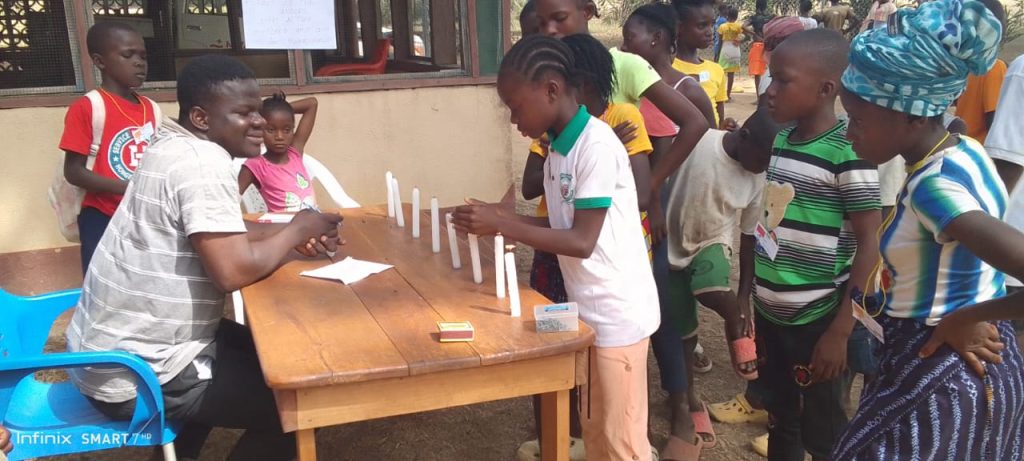
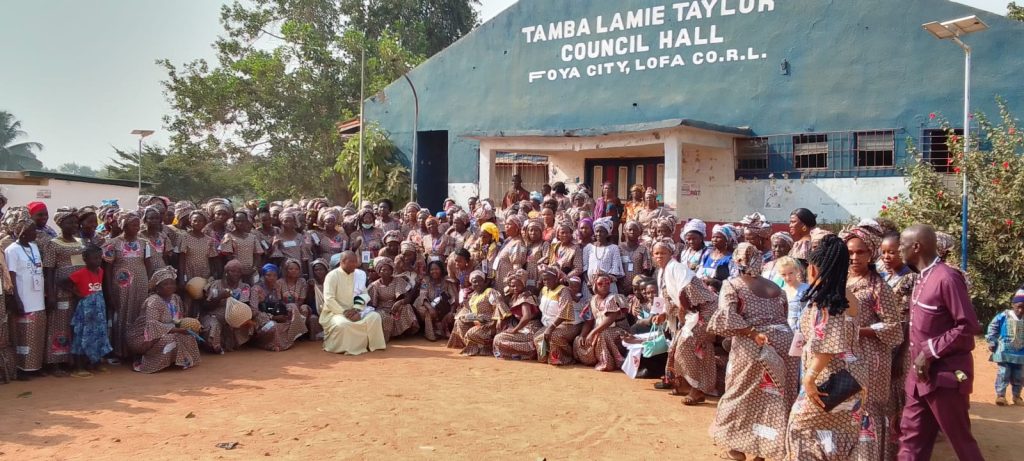




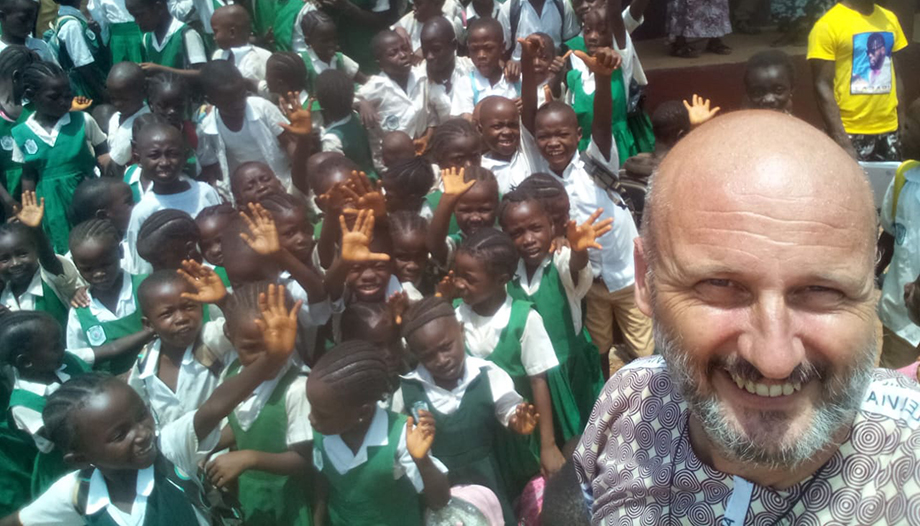
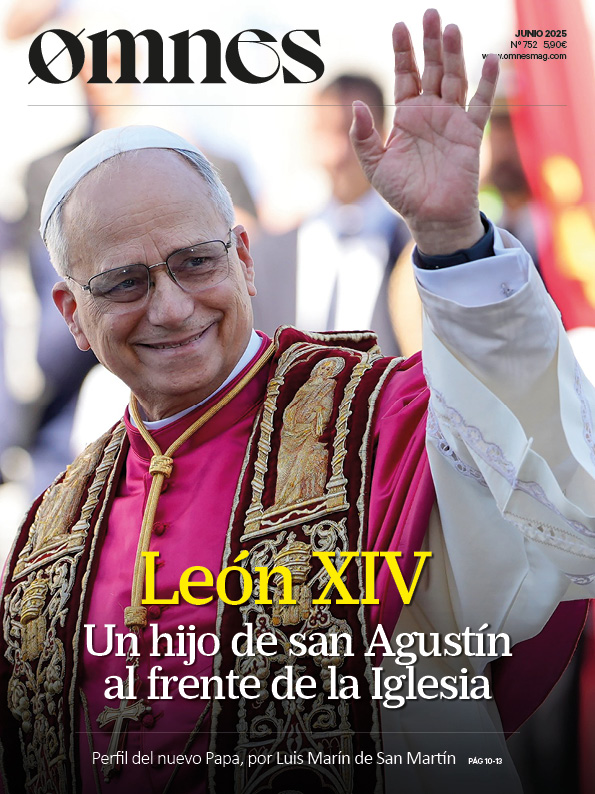


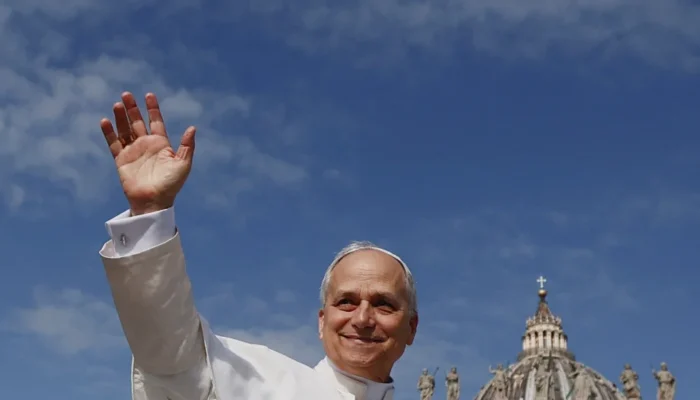
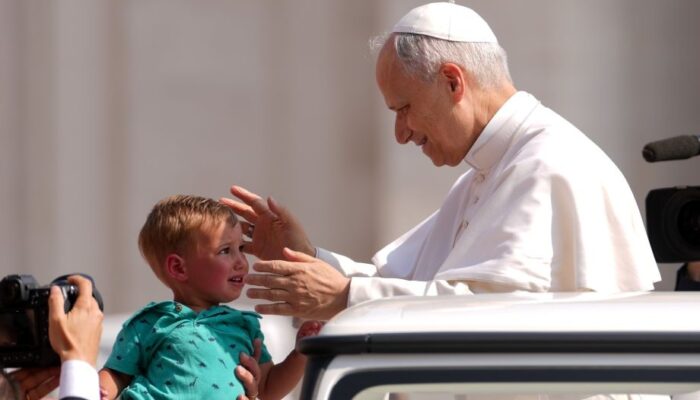
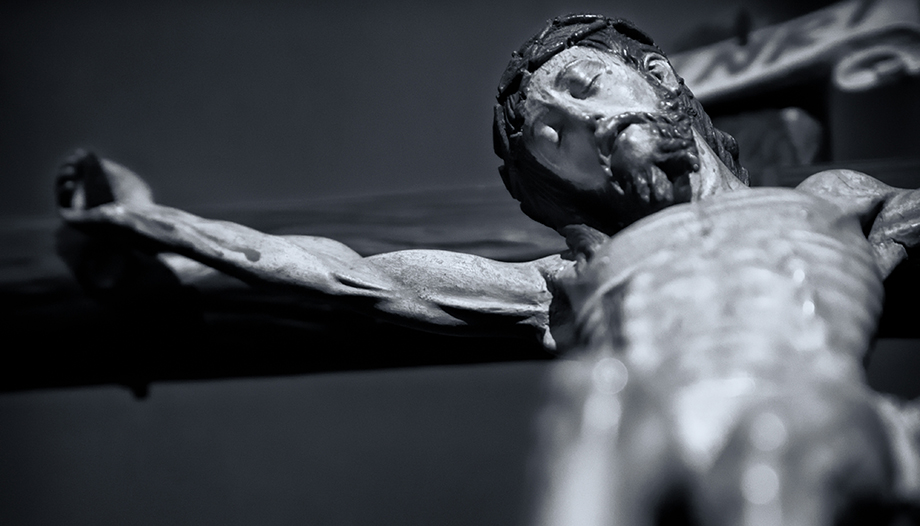

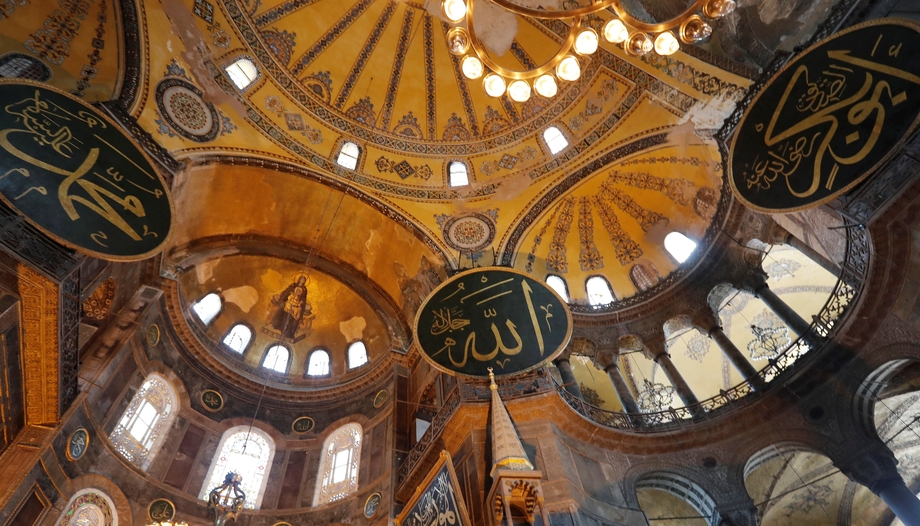
 Armenia, the first Christian nation
Armenia, the first Christian nation